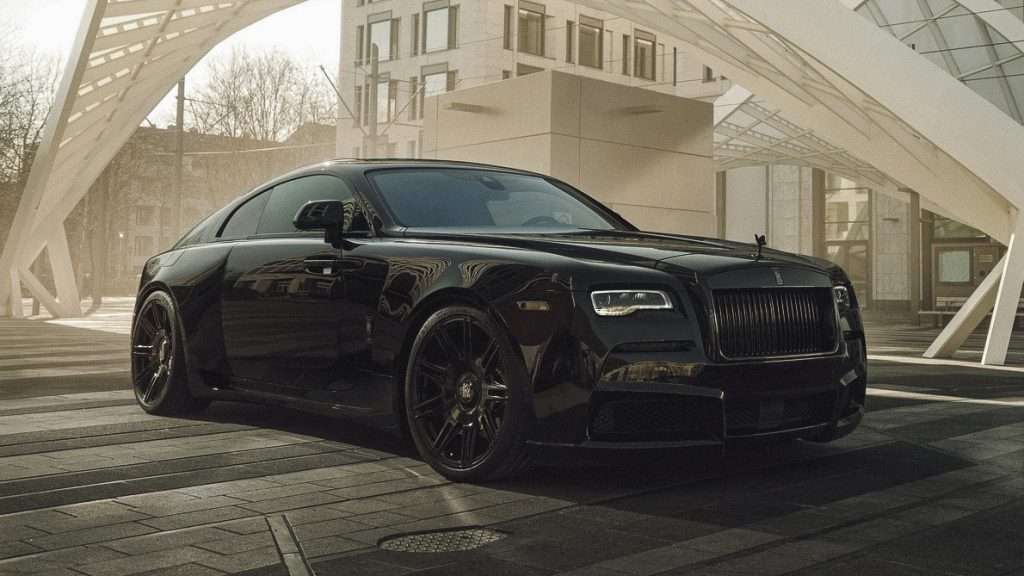With a £3 million investment from the U.K. government, Rolls-Royce will begin building a demonstrator Direct Air Capture (DAC) carbon removal system that it says could play a “vital role” in the fight against global warming.
“Every credible climate change model requires us to decarbonise today’s emissions, as well as removing CO2 already in the atmosphere via carbon negative technologies such as DAC,” Jess Poole, Direct Air Capture Lead for Rolls-Royce, said in a statement.
The funding comes by way of the U.K. Department for Business, Energy, and Industrial Strategy’s Net Zero Innovation Portfolio as part of the government’s 10 Point Plan for a Green Industrial Revolution. Last year, Rolls-Royce received £250,000 in a Phase 1 funding round to design the demonstrator alongside the Commonwealth Scientific and Industrial Research Organisation (CSIRO).
“This funding is great news for the team, and we’re excited about the future potential of this technology to help fight climate change.,” Poole said.
Direct air capture technology
The demonstrator will be operational next year, the company says, and capable of removing more than 100 tons of CO2 from the atmosphere per year.
At full scale, the automotive and aircraft company says the Derby, U.K., plant could capture more than one million tons of carbon annually; the U.K.’s target is 25 million tons of captured carbon per year by 2030 as part of the International Energy Agency’s forecasted need to remove 980 million tons of carbon from the atmosphere globally every year to keep temperatures from rising past the 1.5°C Paris Accord targets.

Poole says the system combines Rolls-Royce’s expertise in moving large quantities of air efficiently and integrating complex systems through its work designing jet engines, with novel DAC technology developed by CSIRO.
“Together the system works like a giant lung, sucking in air, absorbing the CO2, and releasing what is not wanted,” says Poole. “We use a water-based liquid to wash around 50 percent of the CO2 from the captured air. Our technology is distinctive because very little water is used, and the liquid is recycled at low temperatures, making it energy efficient. Other technologies consume a lot of water and require substantial amounts of energy to generate heat for the separation of the CO2.”
While the captured carbon can be stored so that it doesn’t trap heat, it can also be recycled for use in a number of applications, namely fuel for the aviation sector. Companies like U.S.-based LanzaTech have recycled captured carbon into yarn for materials; it’s launched clothing with Zara and Lululemon made from the material. The company has also used captured carbon as a base for perfumes with fragrance giant Coty.
Rolls-Royce’s sustainability road map
Rolls-Royce has been leading the sustainability shift across the aviation and automotive sectors. Its electric aircraft, The Spirit of Innovation, broke three world speed records this past year.
Last year, the company announced that within the next two years, all of its Trent engines will be compatible with 100 percent sustainable aviation fuel. It’s also working with key industry oil and gas players to develop a supply chain for sustainable aviation fuel.

It recently announced plans to enter the hydrogen production market and acquired a majority stake in Hoeller Electrolyzer, an electrolysis stack specialist.
Rolls-Royce is also working off of a Net Zero roadmap; it joined the United Nations Race to Zero campaign in 2020 and is aiming to make its operations and facilities net-zero by 2030 with at least one site fully net-zero by next year.
Part of that roadmap includes improving fuel efficiency, compatibility with sustainable fuels, and the development of new technology. The efforts also extend across its automotive sector; Rolls-Royce says its first super luxury electric car will launch next year.


